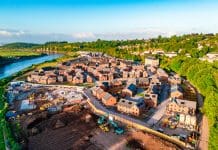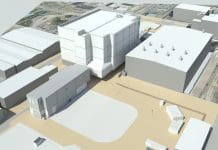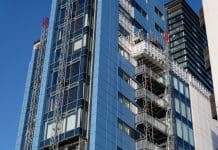Placemaking is central to contemporary planning ethos – but what does it really mean for a physical project? David Edwards takes a look
Statutory planning documents and design guidance often refer to the requirement for new developments to create a particular type or sense of ‘place’ and yet, throughout the construction sector, there remains a degree of uncertainty about how this translates to a physical project.
This is largely because placemaking, much like urban design itself, brings together many interrelated disciplines from architecture, landscape architecture, planning and infrastructure design to environment, ecology, socioeconomics and engagement. As a result, the phrase is just as likely to appear in a transport statement as it might in a landscape appraisal, drainage strategy or a heritage assessment.
Placemaking involves consideration of the physical, environmental and social characteristics of a site and its context in order to arrive at an integrated and sustainable vision for new development. Given such an expansive scope, it is hardly surprising that it is difficult to accurately define what makes a good (or a bad) place. Consequently, phrases such as ‘strong and vibrant sense of place’ are well used in Design and Access Statements without actually describing why and how this is so. However, by peeling back the layers of policy and design guidance, it is possible to pick out key placemaking principles that will help to guide and inform physical planning.
Starting with the overarching development planning document in the UK, the National Planning Policy Framework (NPPF): “Patterns of movement, streets, parking and other transport considerations are integral to the design of schemes, and contribute to making high quality places”. (Draft text, March 2018). New development proposals should “create places that are safe, secure and attractive – which minimise the scope for conflicts between pedestrians, cyclists and vehicles, avoid unnecessary street clutter, and respond to local character and design standards”.
From this, we can understand that high quality places have attractive street scenes, ease of access and circulation, are secure and reflect local character.
CABE’s seminal publication, Safer Places (2004), identifies seven key characteristics for creating safer, securer places: access and movement; structure (layout); surveillance; ownership; physical protection; activity; and management and maintenance. Essentially, if a place is secure then it will help to foster a stronger sense of community and identity, thereby improving appearance, character and the wellbeing of residents.
CABE’s characteristics have subsequently guided the police’s Secure by Design (SBD) programme, whose Homes 2016 is now an important reference in the appraisal of planning applications. This document provides various specifications that will help to create a secure place, from permeability and ensuring that streets and open spaces are overlooked to community engagement and boundary treatment.
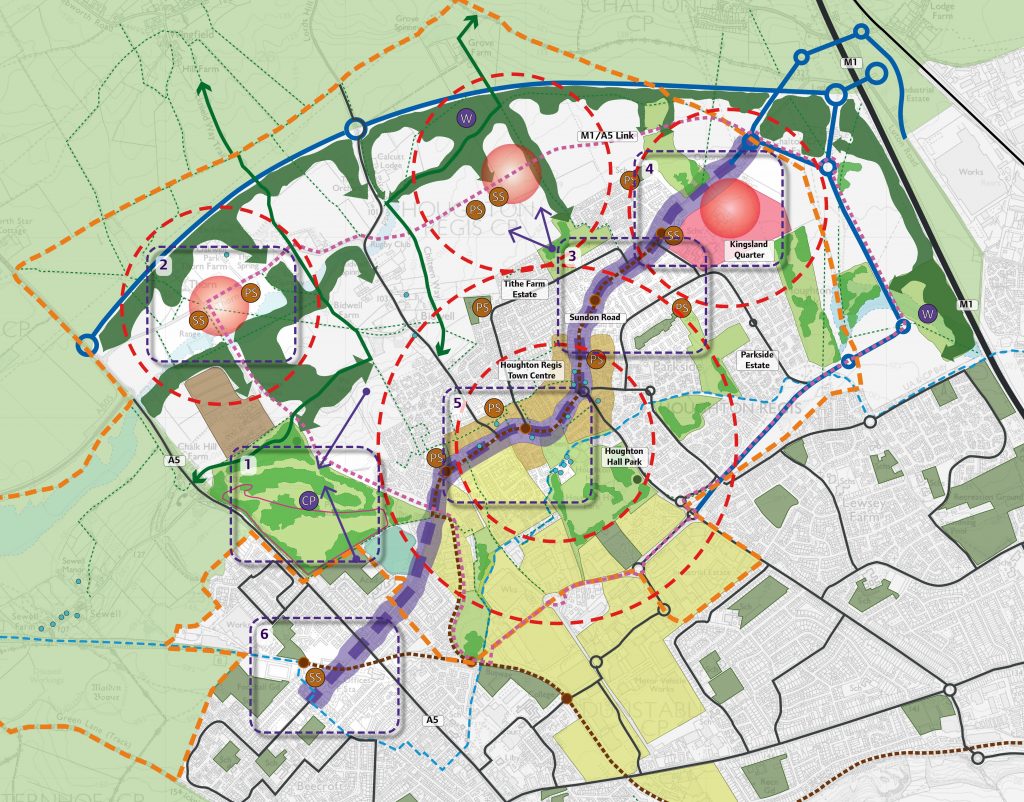
Another reference for considering the viability of an application scheme is Building for Life (V.12): The Sign of a Good Place to Live by CABE, the Design Council, Design for Homes and the Home Builders Federation.
The BfL Index lists 12 principles that can be used to evaluate potential development based on a ‘traffic light’ system where ‘green’ ratings show that an objective has been met and ‘reds’ require further attention. Criteria within the ‘Creating a Place’ section are: character; working with the site and its context; creating well defined streets and spaces; and easy to find your way around. Effectively, to be considered as a ‘place’, proposed development should respond to the characteristics of the site, facilitate ease of movement, be visually appealing, encourage a strong sense of community and, significantly, respond to local context in scale, density, appearance and arrangement.
Returning to the NPPF, the requirement for high quality design is another objective that filters into local and neighbourhood plans. While this is something that we all strive to achieve, it can be difficult to assess design quality in an objective manner, especially at an urban scale. For instance, if the road geometry, drainage and energy ratings for a proposed development are in excess of minimum requirements but circulation is onerous, homes are poorly arranged and existing planting and habitats will be removed, can this still represent high quality?
To assist planners and designers alike, the government has published The Importance of Good Design (2014). Available online, this provides an outline of what is perceived to represent design quality, noting: “Achieving good design is about creating places, buildings or spaces that work well for everyone, look good, last well and will adapt to the needs of future generations. Good design responds in a practical and creative way to both the function and identity of a place. It puts land, water, drainage, energy, community, economic, infrastructure and other such resources to the best possible use – over the long as well as the short term.”
The advisory note spans many aspects from development mix and quantum, scale and massing, access and circulation, open space provision and security to consultation and determination.
For me, high quality design should be place and sustainability-led with an allowance for creativity, innovation and future change. Achieving this is a delicate balance; some buildings are fantastic pieces of architecture but represent poor urban design, while a well conceived masterplan can be filled with substandard buildings. However, to be considered as a well designed piece of the built environment then development quantum and arrangement, access and circulation, drainage, buildings, open space and ecology should be considered as a composition that relates to the specific of the site and its context.
Recently, a client summarised our practice profile in three words: “You make places”. Quite succinctly, this is exactly what placemaking should be and why it is so important to consider when determining the parameters of new development.
David Edwards
Director
Place-Make
Tel: +44 (0)1462 510 099
Twitter: @place_make
Facebook: PlaceMake
LinkedIn: Place Make


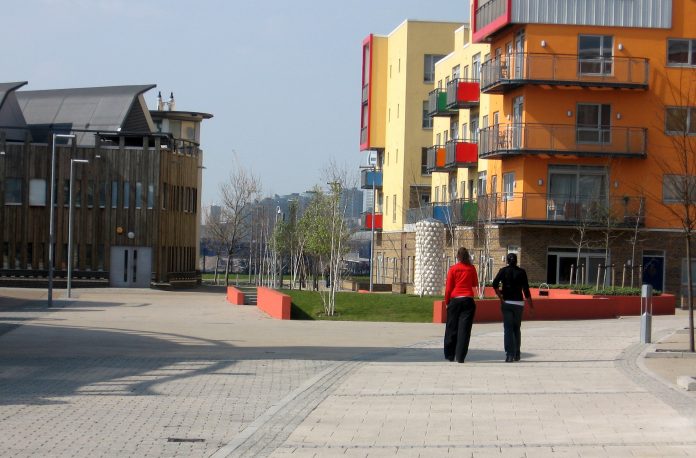





![[VIDEO]Government launches new online appeal service for local planning authorities Group of young coworkers using computers in their group office, representing the new online appeals service](https://www.pbctoday.co.uk/news/wp-content/uploads/2025/12/iStock-2191280160-218x150.jpg)

